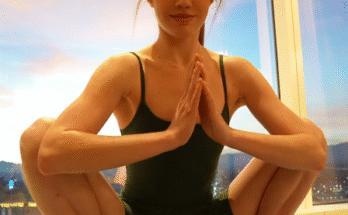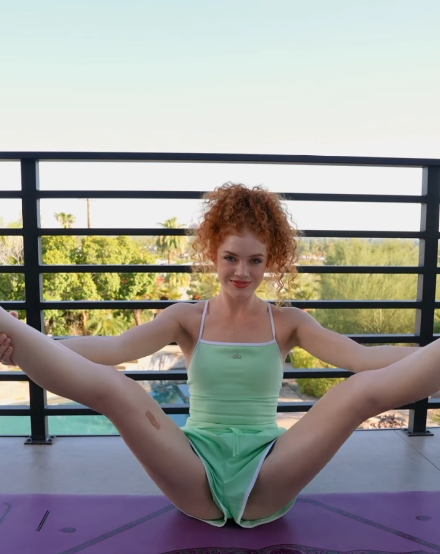
In today’s fast-paced world, the pursuit of balance often feels like a never-ending quest. We juggle work, relationships, family, personal goals, and an overwhelming stream of digital noise—all while trying to maintain our health and sanity. In this chaos, we often overlook one of the most powerful tools we possess: our breath. “Finding balance, one breath at a time” is more than just a calming mantra; it is a way of life rooted in mindfulness, self-awareness, and intentional living.
The Power of the Breath
Breathing is the most natural, automatic process in the human body. We take approximately 20,000 breaths each day, yet most of the time, we do it without awareness. But when we bring conscious attention to our breath, something incredible happens. We anchor ourselves in the present moment. The breath becomes a bridge between the mind and the body—a way to restore balance when life feels unstable.
From a physiological standpoint, deep, intentional breathing signals the parasympathetic nervous system to calm the body. It lowers the heart rate, reduces blood pressure, and decreases the levels of stress hormones like cortisol. It’s no wonder that breathwork is central to practices like yoga, meditation, and tai chi.
Balance Is Not Perfection
Finding balance doesn’t mean achieving a perfect schedule or a stress-free life. It means learning how to flow with life’s ups and downs without being swept away by them. It’s about knowing when to push and when to rest, when to speak and when to listen, when to act and when to let go. This delicate dance of adjustment begins with awareness—and awareness starts with the breath.
Consider the rhythm of your breathing. It expands and contracts, inhales and exhales, much like the cycles of life. There’s effort in inhalation, surrender in exhalation. When you tune into this rhythm, you’re reminded that everything in life is in motion. Just as no breath is permanent, no struggle is permanent either. This understanding offers comfort, resilience, and a sense of peace
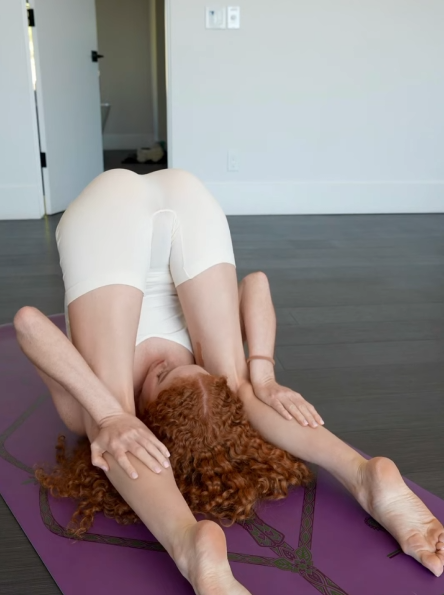
The Role of Mindfulness
Mindfulness is the art of being present in each moment with full awareness and without judgment. Breath is a natural anchor for mindfulness. When your mind wanders into worries about the future or regrets from the past, your breath gently guides you back to now.
Take a moment. Close your eyes. Inhale slowly through your nose, hold for a second, then exhale softly through your mouth. Feel the air fill your lungs and then leave your body. This simple act, repeated with intention, can shift your mood, clear your mind, and remind you that peace is always just one breath away.
Through mindfulness, we begin to notice how often we operate on autopilot. We eat without tasting, walk without seeing, and speak without thinking. But when we come back to the breath, we reawaken to the present. In that moment of stillness, balance is born.
Yoga and Breath: Movement with Intention
Yoga is a powerful practice that integrates breath with movement. Each pose flows with the rhythm of your inhalation and exhalation. When practiced mindfully, yoga becomes a moving meditation—a physical manifestation of inner balance.
In yoga, breath control is known as pranayama. It teaches us how to regulate our energy, focus our mind, and open the door to deeper states of consciousness. Breath is not just air—it is life force. Through breathwork, we not only oxygenate our bodies but also energize our spirits.
Many practitioners find that the more they focus on their breath during yoga, the more present and balanced they feel—both on and off the mat. It becomes easier to handle daily stressors, to pause before reacting, and to find clarity in moments of confusion.
Everyday Applications
Finding balance one breath at a time is not limited to meditation cushions or yoga studios. It’s a practice that can be carried into every corner of life.
- In Traffic: Instead of clenching the steering wheel and feeling frustrated, take three deep breaths. Notice how your shoulders soften and your mind clears.
- During Conflict: When emotions run high, pause and breathe. This space can mean the difference between a regrettable outburst and a calm, honest conversation.
- Before Bed: Lie down, place a hand on your chest and another on your belly, and breathe slowly. Let the tension melt away and welcome restful sleep.
- In the Morning: Begin your day with a few conscious breaths. Set an intention. Choose how you want to feel—grounded, energized, peaceful—and breathe that feeling into existence.
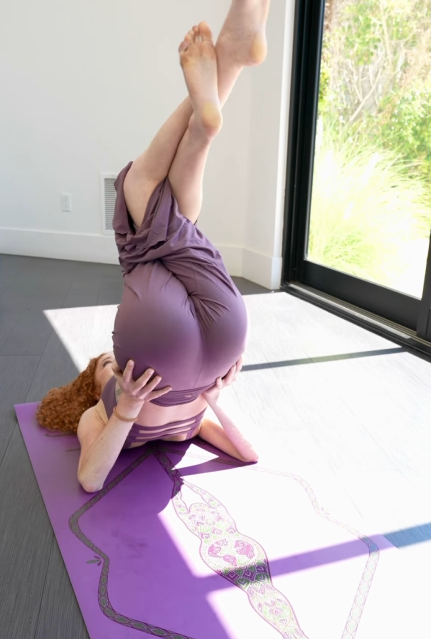
Breath as a Path to Healing
Many people carry unresolved emotions and trauma in their bodies. The breath can be a gentle yet powerful tool for healing. Breathwork techniques, like holotropic breathing or rebirthing breathwork, help release stored emotions and reconnect with the body.
Even simple diaphragmatic breathing has been shown to reduce symptoms of anxiety and depression. It empowers us to become active participants in our healing journey. The breath becomes a safe space—a reminder that no matter what chaos surrounds us, we have the ability to come home to ourselves.
Teaching Children the Power of Breath
Imagine a world where children are taught from a young age to find calm through their breath. Teaching kids to take deep breaths when they’re upset helps them regulate their emotions, develop self-awareness, and build emotional intelligence.
Simple exercises like “smell the flower, blow out the candle” make mindful breathing fun and accessible for kids. When they learn to center themselves through breath, they carry that skill into adulthood, becoming more compassionate, grounded individuals.
A Lifelong Practice
Finding balance is not a destination. It’s an ongoing journey—one that requires patience, compassion, and consistency. There will be days when you feel overwhelmed, off-center, or disconnected. That’s okay. The beauty of the breath is that it’s always there for you. You don’t need any special equipment, money, or space. Just you and your lungs.
Every breath you take is an opportunity to begin again. To pause, reflect, and realign. You don’t have to fix everything at once. Start small. Breathe. Come back to yourself.
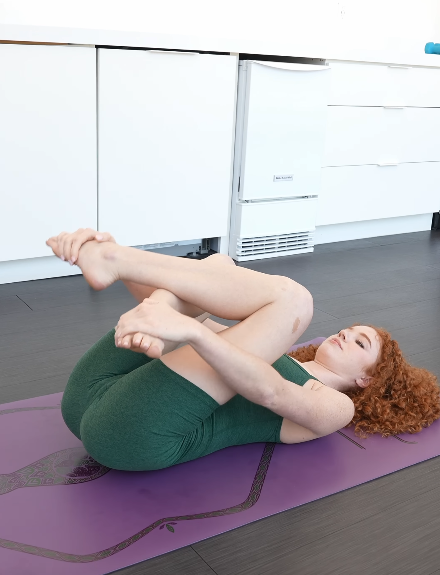
Conclusion
In a world that often pushes us to move faster, achieve more, and do everything at once, choosing to slow down and breathe is a radical act. It’s a way of reclaiming your peace, honoring your needs, and living with intention.
So the next time you feel scattered or stressed, remember: balance is not found in perfection, but in presence. And presence begins with the breath.
One breath at a time.



